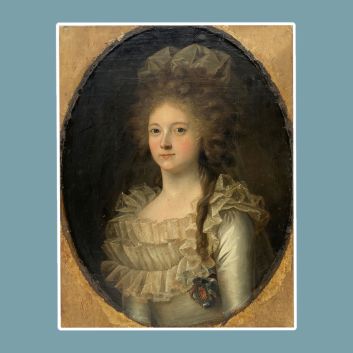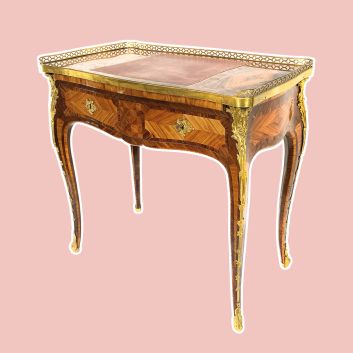Free appraisal of your furniture and objets d'art
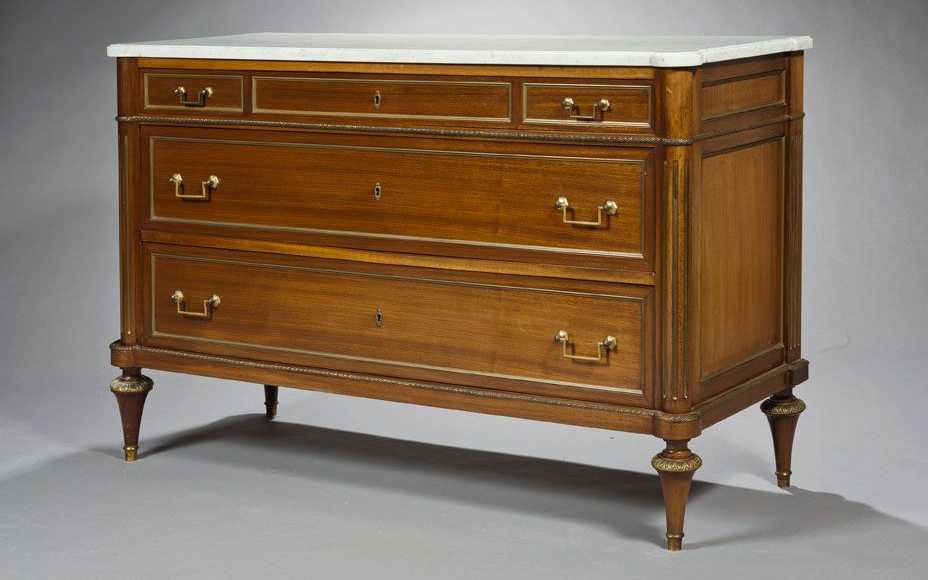
Furniture and objets d'art
Furniture and objets d'art have a long history, going back centuries. They have been created in different styles, epochs and fashions, thanks to a variety of recognizable forms and materials (wood, metal, bronze, plaster, Plexiglas...). Evolution is marked by successive rulers and political regimes. Let's explore the different types of antique and designer furniture, as well as examples of famous artists and the prices associated with these pieces.
Furniture and objets d'art styles
Furniture and objets d'art can include tables, chairs, chests of drawers, cabinets, sculptures, vases, porcelain and bronze objects. They can be made from a variety of materials, such as solid wood, glass, leather, bronze, porcelain, marble and many others. Styles can also vary considerably, from antique to contemporary, from Louis XV to Empire.
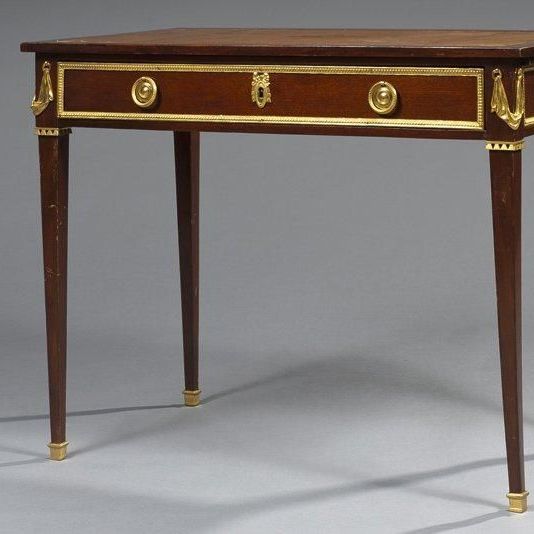
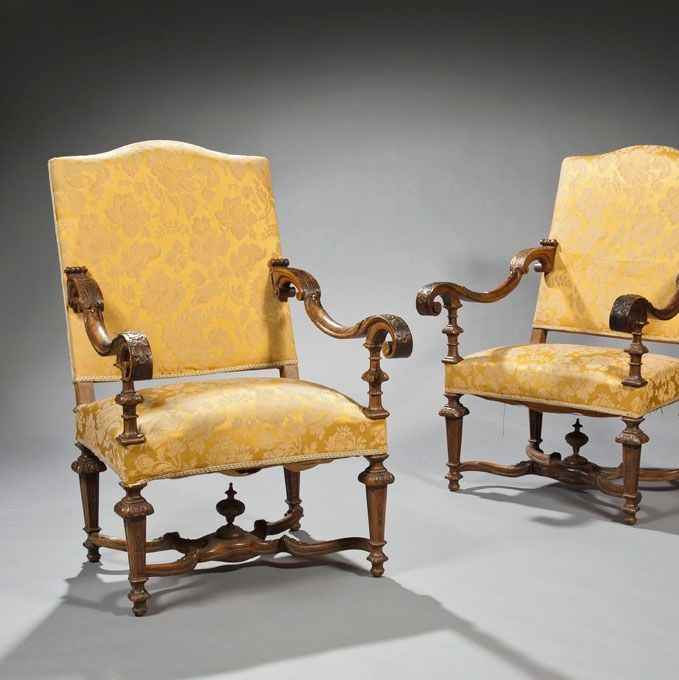
The characteristics of different eras
Renaissance furniture (from 1450 to 1630)
Renaissance furniture is known for being richly decorated, with detailed carvings. They are inspired by ancient architecture and use special symbols (figures, bearded men and the like...) to show the wealth and status of the people who own them.
(not to be confused with Henri II Neo-Renaissance furniture dating from the second half of the 19th century).
Louis XIV furniture (from 1640 to 1725)
Furniture from the Louis XIV period is characterized by its majestic, elegant style. They are richly decorated with detailed carvings and symmetrical motifs. These pieces reflect the grandeur and power of King Louis XIV, with features such as claw feet and gilded ornamentation (à la Bérain, Boulle...).
Louis XV furniture (from 1730 to 1770)
Furniture from the Louis XV period is distinguished by its charming, delicate style. They are often adorned with fine carvings and plant motifs such as acanthus leaves and shells. These pieces reflect a lighter, more elegant taste, with curved forms and delicate details, creating a more refined, intimate ambience.
Transitional furniture (from 1765 to 1775)
Transitional furniture combines classical and modern elements. It features a harmonious blend of straight (early Louis XVI) and curved (late Louis XV) lines, with simpler ornamentation and less exuberant detailing. This furniture marks a period of transition between the Louis XV style and more contemporary trends (Louis XVI).
Louis XVI furniture (from 1770 to 1793)
Furniture from the Louis XVI period is characterized by its sober elegance and refined simplicity. They emphasize straight lines and symmetrical forms, with delicate ornaments such as garlands and ribbons (Marie-Antoinette influence). These furnishings reflect a lighter, purer style, inspired by classical antiquity (the rediscovery of Pompeii and other archaeological sites), with materials such as light wood, marble and silk fabrics to create an atmosphere of grace and harmony.
Empire furniture (from 1804 to 1820)
Furniture from the Empire period is characterized by its imposing appearance. They are marked by straight lines, solid forms and generous proportions. Empire furniture often features ornamentation inspired by Roman Antiquity (Roman Empire), such as columns, laurel motifs and gilded bronze lions' heads. These pieces reflect a majestic, imperial style, using rich materials such as dark wood (mahogany) and gilding to create an atmosphere of grandeur and power.
Napoleon III furniture (from 1852 to 1880)
Napoleon III period furniture is distinguished by its eclectic style and mix of period influences. They combine elements of the Empire, Louis XVI, Louis XV and Louis XIV styles with other contemporary styles influenced by Japan and China. These pieces often feature curved lines, floral motifs and inlays of precious woods, mother-of-pearl and many other precious materials. Above all, they reflect a taste for luxury and opulence, all stemming from a period rich in cultural and commercial exchange.
Art Nouveau furniture (from 1895 to 1920)
Art Nouveau furniture is characterized by its organic style and flowing forms inspired by nature. They feature elegant curved lines, floral and plant motifs. Art Nouveau furniture emphasizes the harmony between art and craftsmanship, with materials such as wood, glass (pâte de verre) and wrought iron. Over a short period of time, this style attempted to reflect an innovative and artistic style, seeking to create a unique aesthetic and break with traditional conventions.
Art Deco furniture (From 1920 to 1940)
Art Deco furniture is distinguished by geometric patterns, creating a modern elegance. They feature straight lines, angular shapes and bold geometric patterns. Art Deco furniture often uses luxurious materials such as lacquered wood, chromed or hammered metal and glass (pâte de verre), reflecting a glamorous, sophisticated style inspired by the artistic and cultural movements of the 1920s and 1930s, and aiming to create an atmosphere of luxury and modernity in a historically unstable economic and political period.
Modern Furniture (From 1945 to 1980)
Modern furniture is characterized by aesthetic, pure and functional forms. The whole is composed in contemporary materials such as metal, plastic, plywood and raw woods. Modern furniture from this period reflects a spirit of innovation and experimentation, with priority given to practicality and adaptation to the needs of modern life. They aim to create a timeless, minimalist design, in tune with the changing lifestyles and technologies of the post-war era.
Design furniture (From 1970 to 1990)
Design furniture is characterized by bold creativity and a constant quest for innovation. They emphasize original forms, experimental materials and avant-garde concepts. They aim to provoke emotion and provoke thought, offering unique and often conceptual pieces that defy previously established norms.
Contemporary Furniture (From 1990 to nowadays)
Contemporary furniture is characterized by its diversity and its adaptation to the changing needs of our time. It incorporates a variety of styles, from minimalist to industrial to maximalist. Contemporary furniture stands out for its use of innovative materials such as glass, metal, precious woods, plastic and many others, with a focus on durability and ecology (an important issue in the 21st century).
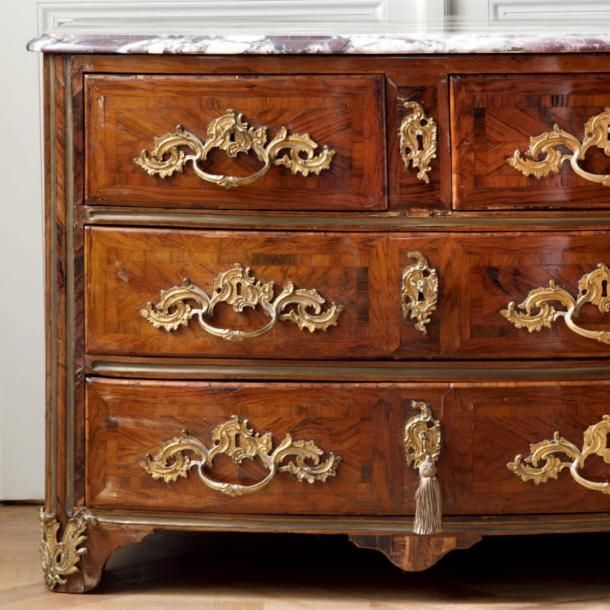
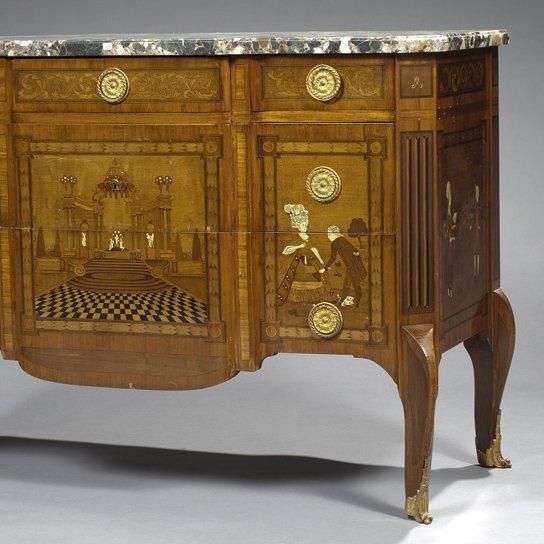
Antique furniture
Antique furniture is furniture made before the 20th century. Antique furniture styles range from Renaissance to Napoleon III. These pieces are often made from solid wood, finely carved and embellished with precious wood veneers and marquetry. Chairs, tables and chests of drawers are examples of antique furniture.
Famous artists known as cabinetmakers, such as François Linke and André-Charles Boulle, Jean-Henri Riesener, Thomas Chippendale, Jean-François Oeben, Georges Jacob, or Jean-Baptiste-Claude Sené have produced high quality antique furniture that is highly prized by collectors. The prices of antique furniture vary according to the age, quality and rarity of the piece. For example, a Louis XV rosewood chest of drawers can cost between 5,000 and 10,000 euros, while a Rococo walnut chair can sell for between 2,000 and 5,000 euros.
Order of value from the most basic model to the most exceptional, stamped model
Chest of drawers period | Estimate |
|---|---|
Regency period chest of drawers | From €100 to €9,600,000 |
Louis XV period chest of drawers | From €500 to €1,350,000 |
Transition period chest of drawers | From €400 to €6,100,000 |
Louis XVI period chest of drawers | From €30 to €9,500,000 |
Empire period chest of drawers | From €200 to €9,700,000 |
Napoleon III chest of drawers | From €300 to €3,400,000 |
Response in less than 24h
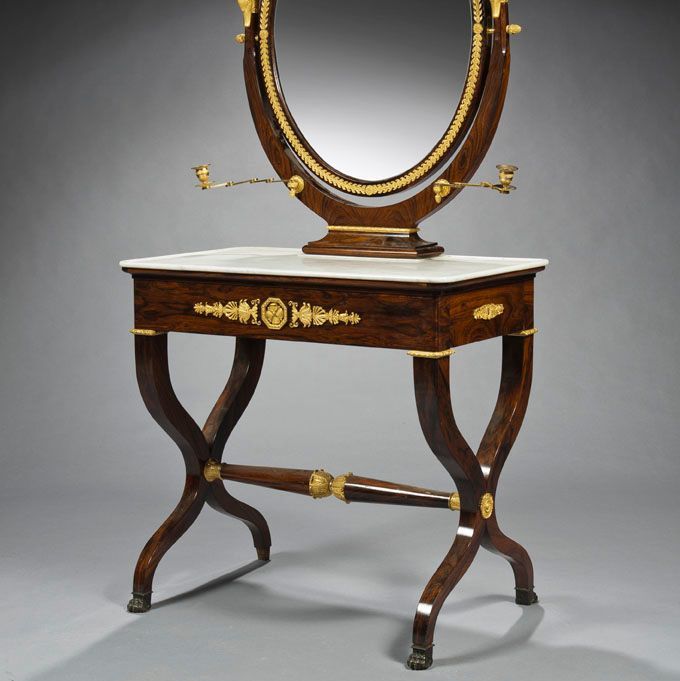
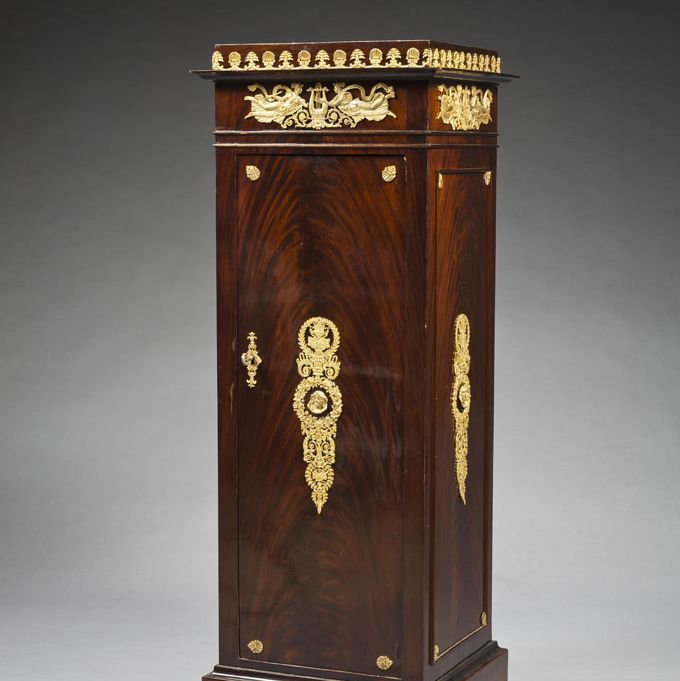
Get a free estimate for your furniture
It's important to have antique and modern furniture appraised by experts and auctioneers to find out its true market value. Our certified auctioneers can appraise furniture according to its condition, provenance, stamps and history, in order to maximize its value.
In addition, the experts can provide advice on the conservation and maintenance of furniture to preserve its long-term value. Auction houses such as Auctie's are reliable sources for appraising and auctioning antique, modern and contemporary furniture.
Response in less than 24h
Related topics
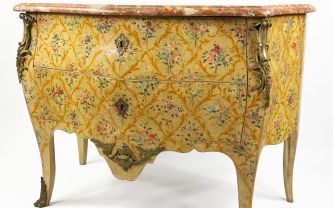
Rating and value of Louis XV furniture (chests of drawers, wardrobes, m...
Louis XV furniture is highly prized on the auction market. Elegant and inspired by nature, it is a hit at auction. Estimate in less than 24h
Read more >
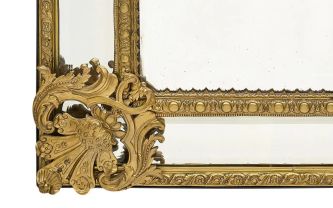
Rating and value of Napoleon III furniture (armchairs, wardrobes...
Napoleon III furniture, a synthesis of previous styles with a few aesthetic touches, is listed on the auction market.
Read more >
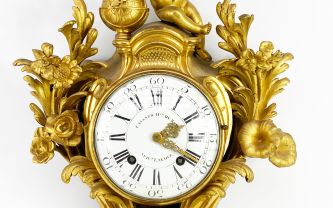
Rating and value of clocks and cartels
Antique clocks and cartels are very popular items on the auction market. They still have value. Estimates in less than 24h.
Read more >
Secure site, anonymity preserved
State-approved auctioneer and expert
Free, certified estimates

